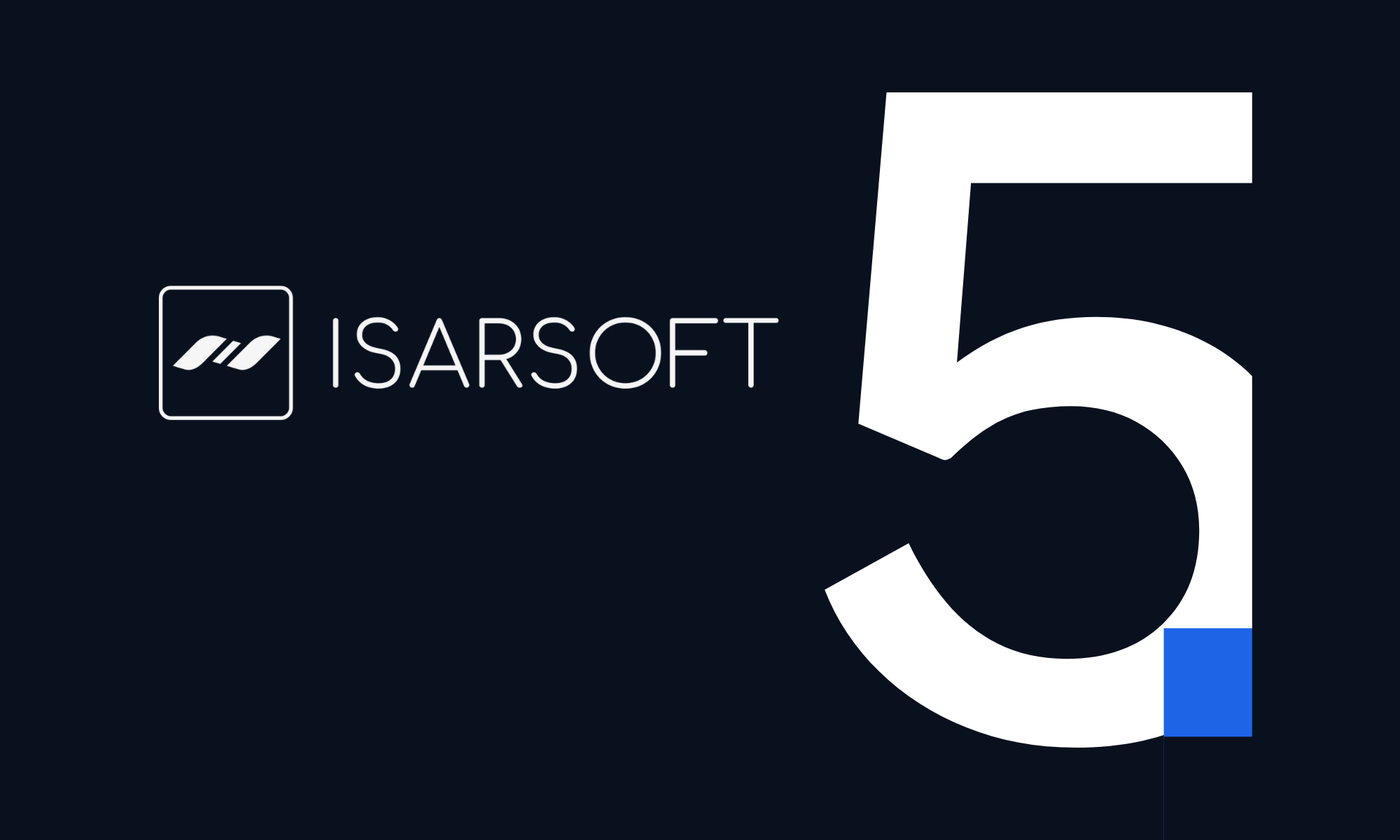Understanding Queue Management Systems: The Mechanism Behind
Whether it’s an airport, museum, shopping mall, or library, long queues and extended waiting times can frustrate visitors and diminish their overall experience. This is where Queue Management Systems (QMS), enhanced by AI video analytics, come into play. In this blog post, we will explore how AI-powered queue management systems work, their technical foundations, and their applications across various industries.
Published
October 8, 2024
.avif)
In today’s fast-paced world, customer experience plays a pivotal role in determining the success of any business. Whether it’s an airport, museum, shopping mall, or library, long queues and extended waiting times can frustrate visitors and diminish their overall experience. This is where Queue Management Systems (QMS), enhanced by AI video analytics, come into play. In this blog post, we will explore how AI-powered queue management systems work, their technical foundations, and their applications across various industries.

What is a Queue Management System?
The Queue Management System (QMS) is a solution designed to manage and optimize the flow of people in environments where queues are likely to occur. These systems are used to enhance overall efficiency by organizing the flow of people and we will mention the benefits of the system deeply in the next sections.
How Queue Management System Works
1. Video Feed Input
The core of the queue management systems is AI video analytics, which relies on live or recorded camera feeds. High-resolution cameras are strategically placed to cover queue areas such as entrances, service desks, or ticket counters. These cameras capture continuous video streams, which serve as the input data for the AI algorithms.
2. Object Detection & Tracking
AI video analytics systems use computer vision algorithms, to detect and classify people within the video feed. Advanced AI models are trained to differentiate between individuals, identify them even in crowded conditions, and track their movement across frames in real-time.
- Detection: The system identifies each person in the queue by drawing bounding boxes around them.
- Tracking: Once detected, people are continuously tracked to monitor their movement and position within the queue, even if they move out of frame momentarily and return.
3. Queue Length Calculation
Using object detection and tracking data, the system determines the number of people in the queue. It can do this by counting individuals as they enter the queue and monitoring their progress until they are served or leave.
- Distance Estimation: The system estimates the physical distance between people in the queue, taking into account camera angles and perspectives using geometric transformations (such as homography). This allows it to measure the actual length of the queue in real-world units (meters or feet).
- Queue Density: The system also calculates queue density by analyzing the distance between individuals. For example, tighter spacing between people might indicate a denser, more compact queue, which can affect wait times.
4. Wait Time Estimation
Based on the number of people in the queue, the system estimates the average waiting time for each person. This is typically done by analyzing the service rate of the queue over time (i.e., how long it takes to serve each person). Machine learning models can be trained on historical data to improve the accuracy of these estimates.
- Service Rate Modeling: The system uses historical data or real-time feedback from point-of-sale (POS) systems to model the average time it takes to serve each person. This rate can be adjusted dynamically based on the performance of staff or the complexity of the service provided.
5. Anomaly Detection & Alerts
AI models are trained to detect abnormal queue behaviors such as sudden spikes in queue length, crowding, or stagnation (i.e., people not moving forward in the queue). These anomalies trigger automated alerts that notify staff in real time, enabling immediate corrective actions.
- Threshold-based Alerts: The system is configured with certain thresholds (e.g., maximum queue length or wait time). When these thresholds are exceeded, the system sends alerts to staff via dashboards, mobile apps, or other notification systems.
.avif)
6. Heatmap and Flow Analysis
The AI system uses additional analytics to generate heatmaps that show foot traffic intensity around the queue area. This is done by analyzing the position and movement of people over time, allowing businesses to visualize congestion areas and improve space utilization.
- Flow Mapping: By continuously tracking individuals’ movement patterns, the system can create maps of people flow, identifying bottlenecks or inefficient queue structures.
7. Predictive Modeling & Machine Learning
AI video analytics systems can incorporate predictive models to forecast future queue conditions. These models analyze historical data (e.g., queue lengths at different times of the day or week) and make predictions about future traffic patterns.
- Time Series Analysis: Machine learning algorithms, are used to predict queue lengths and wait times based on past trends. The system can suggest proactive measures like adding more service staff or opening additional counters before queues become too long.
8. Data Integration and Output
Finally, the system integrates with other enterprise systems such as customer service platforms, workforce management tools, or CRM systems. The output data from the video analytics system, such as queue length, density, and wait times, is fed into these systems to drive better operational decision-making.
- Dashboard and Reporting: The processed data is visualized in dashboards, giving managers real-time insights into queue performance. Advanced analytics, like the distribution of wait times, peak hours, and customer flow patterns, are also accessible for deeper analysis and optimization.
Applications of Queue Management Systems
1. Airports
Airports often experience high passenger traffic, especially at security checkpoints, baggage claim areas, and boarding gates. AI video analytics can monitor these queues in real-time, alerting staff when queues exceed acceptable thresholds and estimating wait times for passengers. By analyzing peak traffic periods, airports can adjust staffing and open additional checkpoints, significantly reducing delays and enhancing the passenger experience. Predictive models also allow airports to better prepare for busy seasons or unexpected surges in traffic.
2. Museums
Museums face queues at entrances, ticket counters, and popular exhibits. Queue management systems can help ensure a smooth visitor flow by dynamically adjusting queue lengths and estimating wait times. AI video analytics can identify overcrowding at exhibits, triggering alerts to guide visitors to less crowded areas, thus improving their overall experience. Additionally, by analyzing visitor traffic patterns, museums can optimize exhibit layouts and staff allocation, particularly during special events or busy tourist seasons.
3. Shopping Malls
In shopping malls, queues can form at cash registers, customer service desks, and parking lots, especially during peak times like weekends or holidays. AI-powered queue management systems can monitor these areas and provide real-time alerts when queues become long, helping mall operators redirect staff or suggest alternative service points to customers. The system can also offer insights into peak shopping hours, enabling retailers to prepare for higher traffic volumes by increasing staffing or opening additional service counters.
4. Libraries
Libraries experience queues during book returns, checkouts, or at information desks, especially during peak times like exam periods or major events. Queue management systems integrated with AI video analytics can streamline these processes by estimating wait times and offering alternatives, such as redirecting patrons to self-checkout kiosks when lines are long. Moreover, libraries can use historical data to optimize staffing schedules and improve customer service during high-demand periods.
Benefits of Isarsoft Perception
Queue Management System through Isarsoft Perception not only optimizes the flow of people, but also provides real-time insights and predictive analytics to minimize waiting times and maximize operational efficiency.
- Reduced Waiting Times: By efficiently distributing visitors or customers across available service points, queue management systems significantly cut down waiting times, ensuring a faster and smoother process. AI-driven queue systems can adjust dynamically, minimizing customer frustration and improving operational flow.
- Improved Visitor Experience: Shorter queues and streamlined operations lead to a more positive experience, enhancing overall satisfaction and making visitors more likely to return. The system’s ability to offer real-time wait time estimates, virtual queuing, and seamless service contributes to an enjoyable, hassle-free experience.
- Decreased Queue Length and Density: With real-time monitoring and dynamic queue distribution, these systems prevent bottlenecks and reduce the physical crowding in specific areas. By balancing the load across different service points, they ensure improved comfort and safety for all visitors, particularly in high-traffic environments.
- Enhanced Staff and Resource Allocation: Queue management systems provide insights into visitor flow and demand patterns, allowing organizations to allocate staff and resources more effectively. This ensures optimal service delivery during both peak and off-peak times, helping to avoid understaffing during busy periods and overstaffing during slower times, ultimately improving operational efficiency and cost management.
More about Isarsoft
With Isarsoft Perception, your camera systems become part of your business intelligence. Whether the goal is to increase efficiency, customer satisfaction, or safety, Isarsoft Perception provides the insights needed for informed decisions.
Contact us, to learn more about how to turn security cameras into intelligent sensors.



